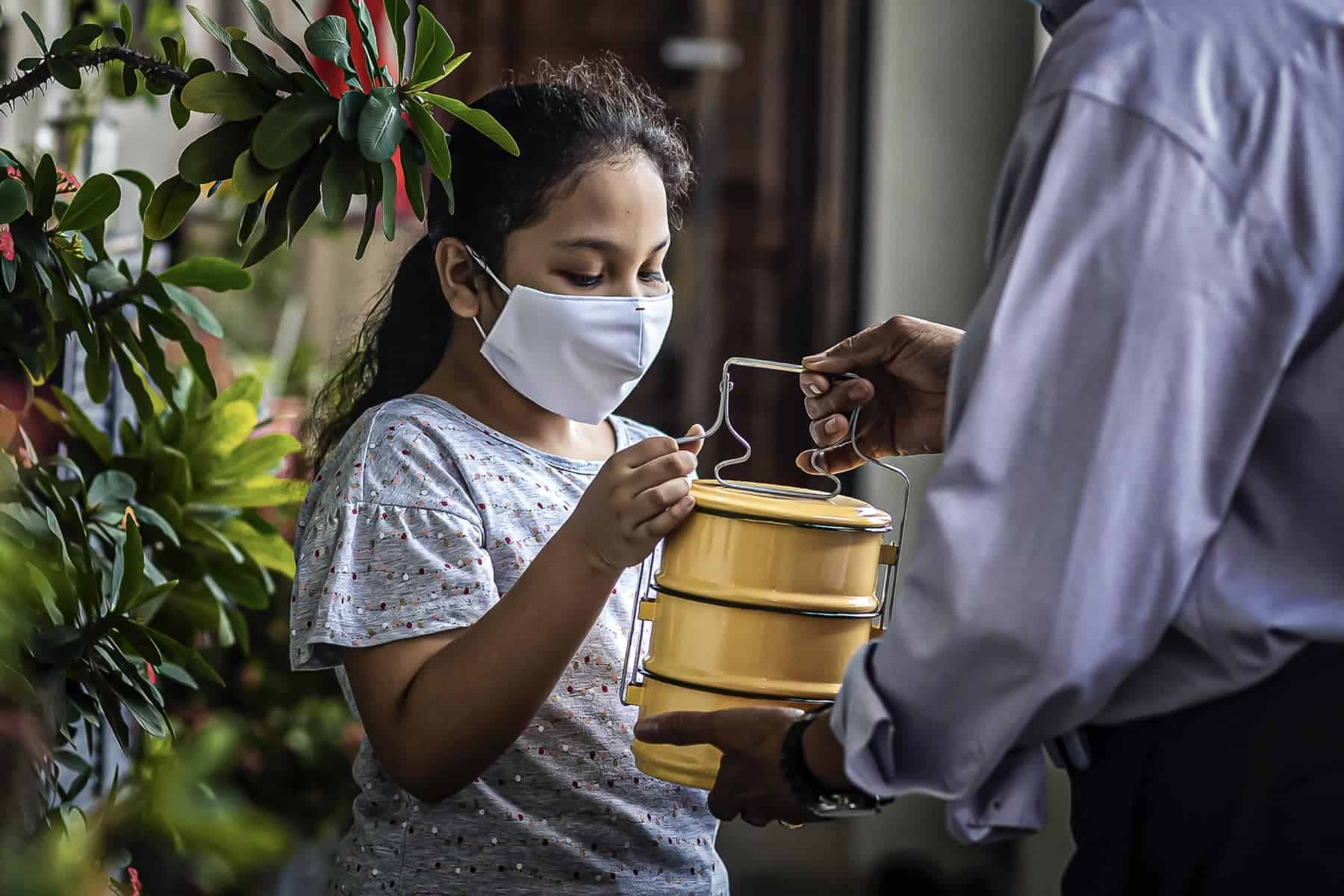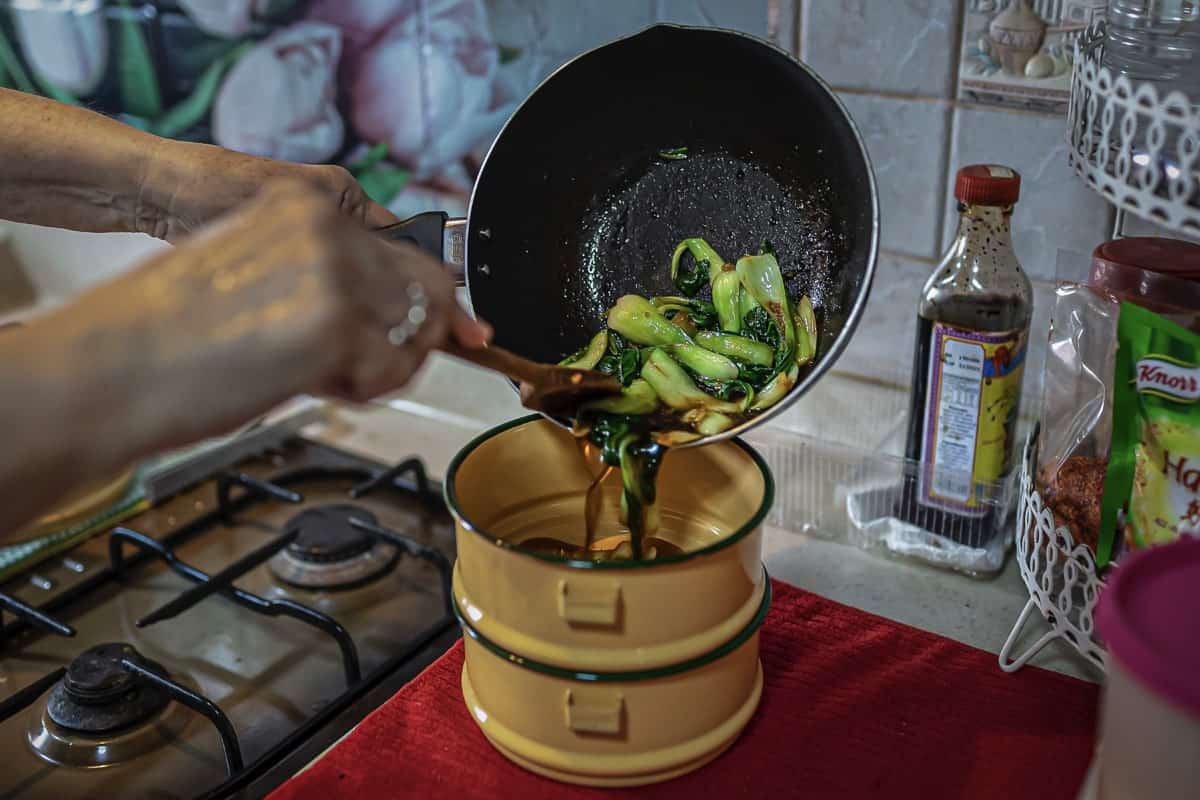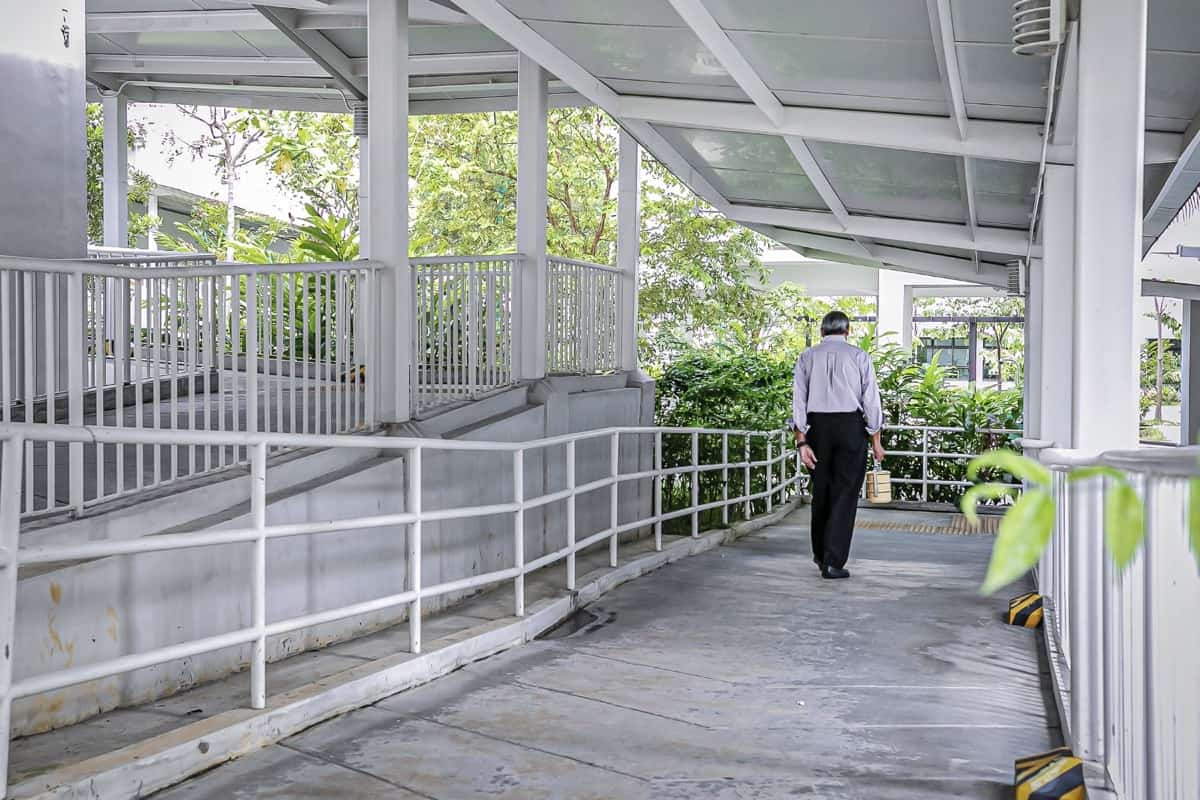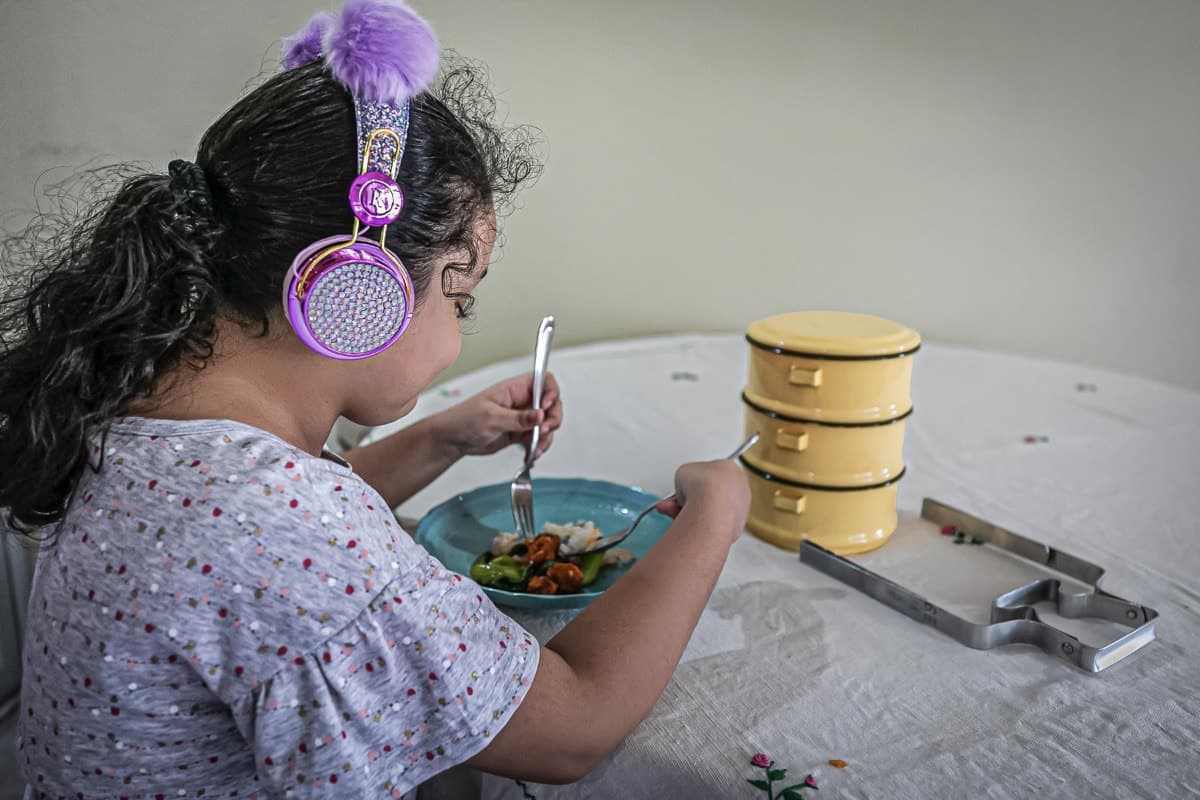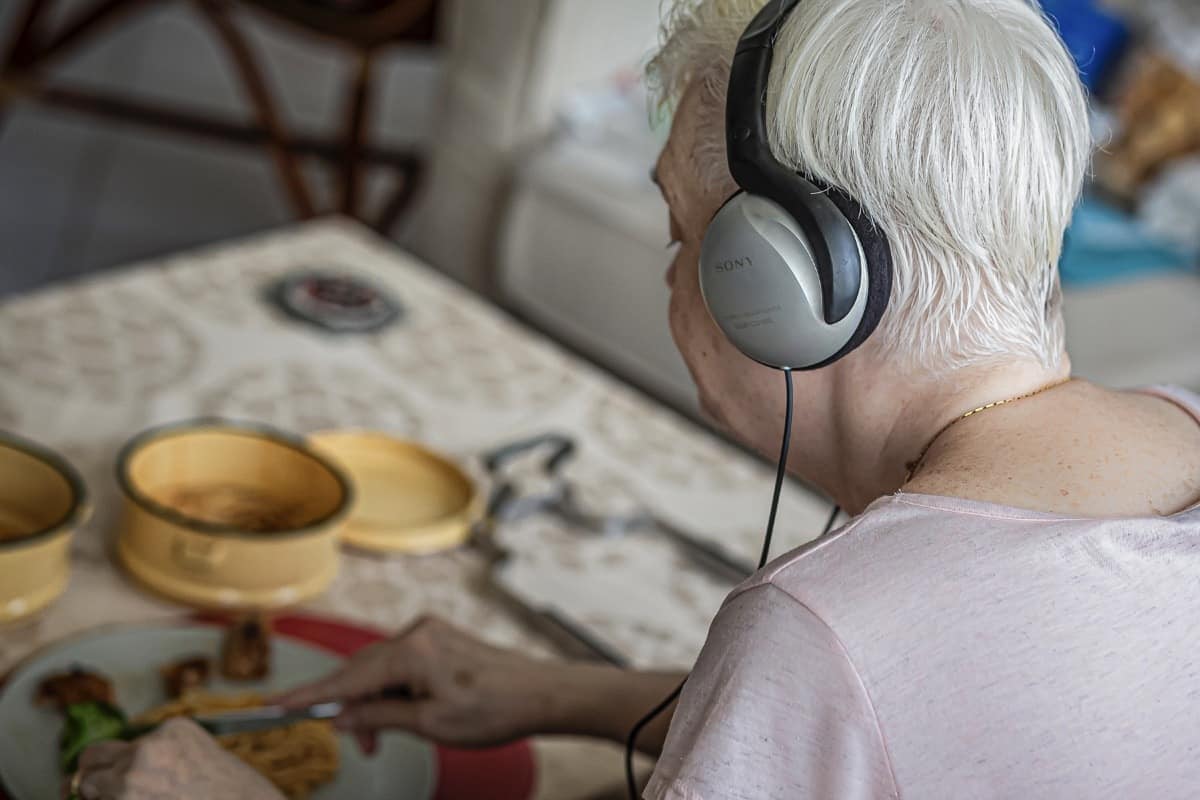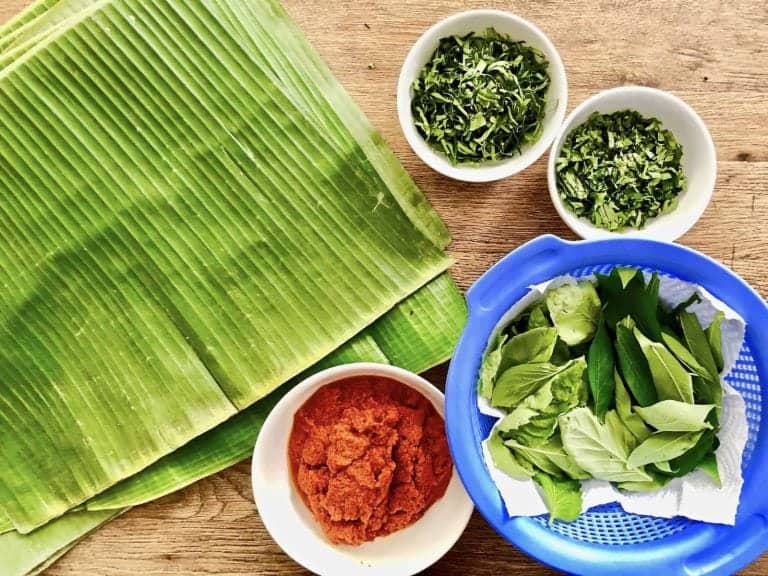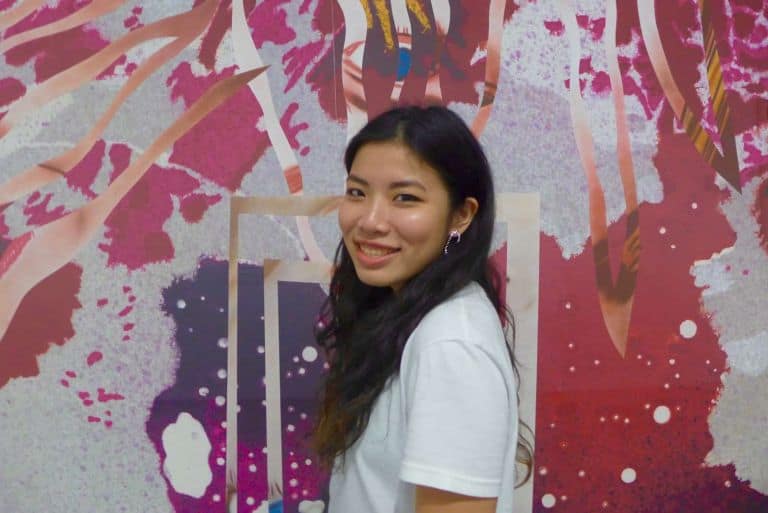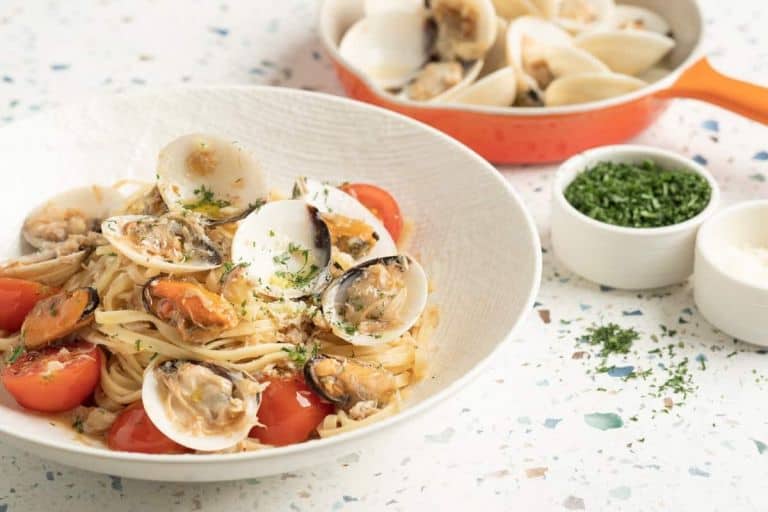Browsing for fresh produce, preparing and cooking a delicious meal, sharing it with friends and loved ones over warm conversation and laughter – these rituals of hospitality, intimacy and connection have been enacted and re-enacted since time immemorial, the world over. And inasmuch as art is, after all, an imitation of life itself, it is hardly surprising that food has long featured prominently in art. As explored in a previous article, the history of food in art is both varied and imaginative, extending beyond the representational imagery of food to its deployment in other experimental and non-mimetic ways by contemporary artists in the last several decades.
Asian artists, in particular, have often used the preparation, cooking and consumption of food in participatory settings as a framework with which to explore social and political issues. The artist-orchestrated meal has been used by, among others, Rirkrit Tiravanija (green curry, pad Thai), Mella Jaarsma (fried frog legs or swikee) and the late Roslisham Ismail, a.k.a. Ise (various traditional dishes from his native Kelantan, including sire pisang or sweet glazed bananas), as site and medium for the exploration of ideas surrounding cultural memory, home and belonging, identity and difference.
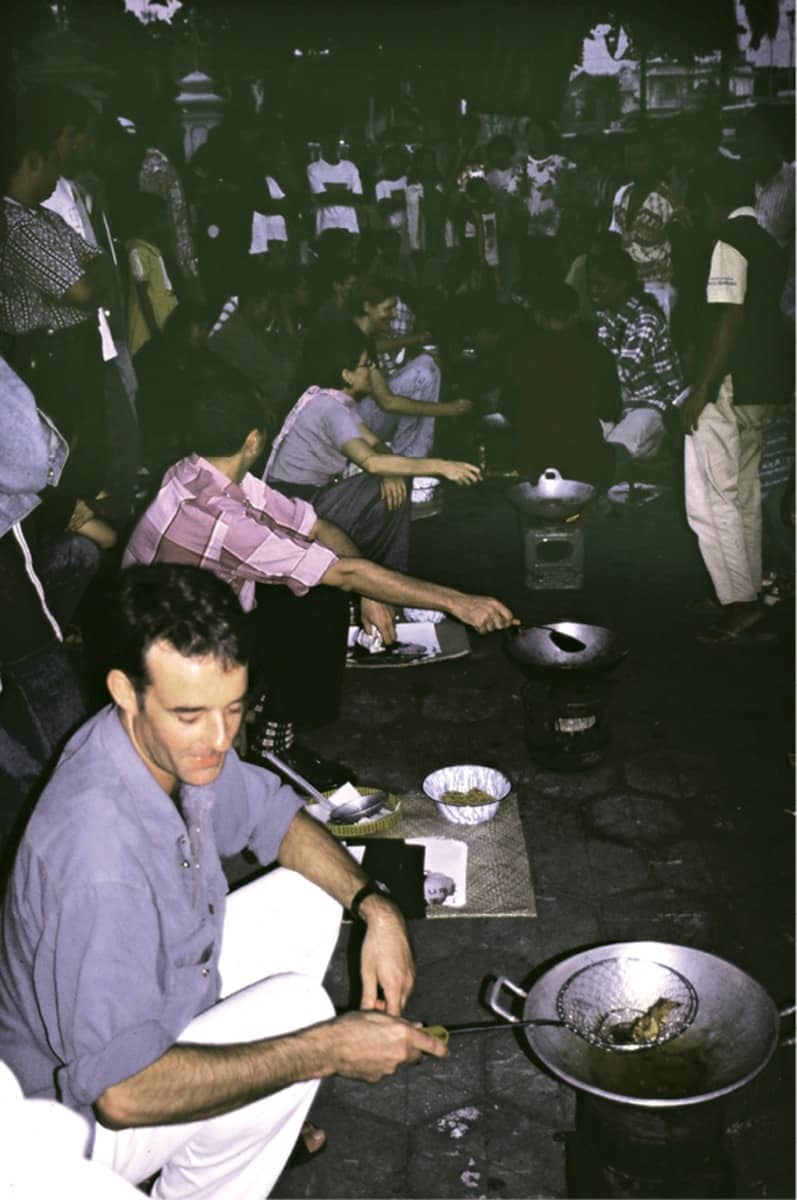
Artist Jamie Lewis, Singapore-born and currently based in Australia, practices in this tradition – facilitating meditations on identity, place, and time through autobiographical stories, conversation and food.
“I am primarily interested in intimacy and conversation in my art-making, and I recognise food to be the vehicle for it … I am interested in domestic spaces and gestures made heightened or given theatricality. I am interested in the everyday, and privileging the stories of people who don’t think of themselves as ‘artists’, and making work in spaces we don’t expect to experience ‘art’.”
The Little Old Cooking Club That Could, the latest in her series of performative and relational works, recently premiered in Singapore as part of SCENES: Participatory Practices, organised by local theatre company Drama Box as part of its 30th anniversary celebrations.
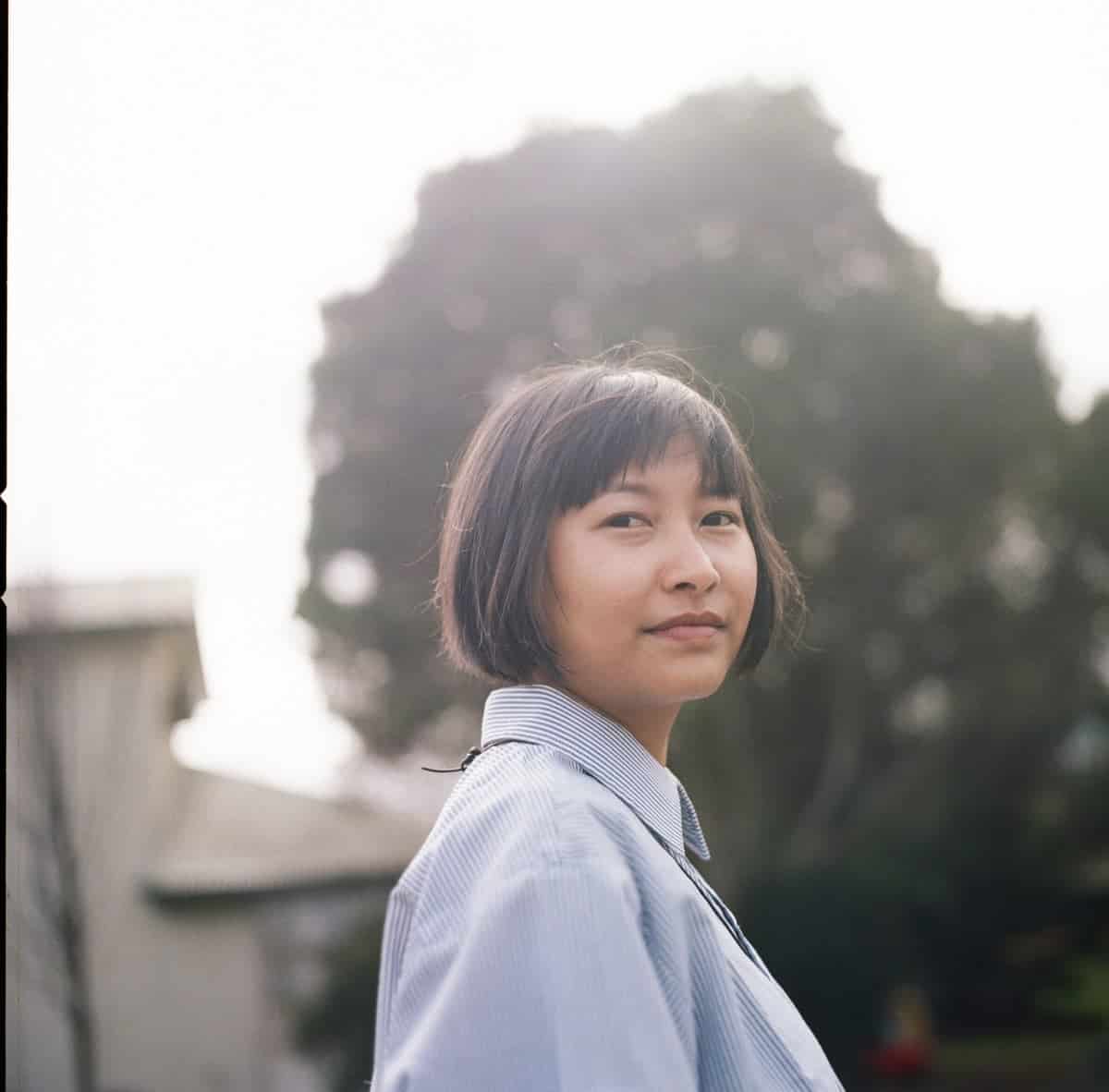
Originally conceived as a dinner party-slash-performance by the artist and her selected co-hosts/co-creators (comprising children aged 9-12 and seniors over 65) to be presented before a live audience, the COVID-19 pandemic and its consequent social-distancing requirements put paid to her plans. The new normal that confronted her raised some difficult questions – can participatory art still be participatory if its participants are physically apart from each other and the audience? What of the intimacy, connection and conversations that are the very essence of relational works – how can these to be accommodated and facilitated in a socially distant world caught in the grip of a global pandemic?
Lewis’ answer ultimately lay in a clever marriage of the traditional and the cutting-edge – harnessing tools for remote connection proffered by technology, on the one hand, but also tapping on an age-old resource – the love and support of family. And so it was that, through the unexpected alchemy of the interwebs, SoundCloud and Papa and Mama Lewis, The Little Old Cooking Club That Could, “an intimate community dining experience for one”, took place earlier this month.
The artist conceived of a scheme whereby, without meeting face-to-face, each of her ten inter-generational participants got to learn about another (through the artist herself, who had conversations with everyone), and then planned and cooked a meal for that other. Mama Lewis kicked things off by preparing a meal for young TLOCCTC participant, Timothy. This was packed in a tiffin carrier, or tingkat, and delivered to him by Papa Lewis, who collected and delivered all the meals and was rewarded for his help with gifts of food – an unexpected bonus!
The artist prepared a Participant Guide, with prompts for the participants from the time they received their tiffin meals and continuing into the days after the meal, inviting them to reflect on the experience and to share photographs and videos of their meals and audio recordings of their thoughts and impressions.
“Your tingkat has arrived
So you’ve met Papa Lewis. Isn’t he just great? I hope you passed on my message that I’ve missed him so!”“Capture this moment
What do you smell? What colours do you see? What textures are there? Snap a picture of your lunch plate if you like.”Excerpts from TLOCCTC Participant Guide
As they savoured the meal that had been cooked for them, the participants also listened to audio recordings of children and seniors from Australia and Singapore, sharing personal stories that revolved around memories of food and familial or cultural rituals relating to cooking and eating.
Opportunities for encounter and connection – for the participants with each other, as well for us, the audience, with this experience – were thoughtfully and deliberately layered throughout the work. Hearing about the person you would be cooking for, then planning, shopping for and cooking the meal with that specific someone in mind – is itself a kind of reaching out, a form of care. Imagine receiving that meal and enjoying every delicious mouthful, knowing that it was prepared specially for you – as young Timothy said in his recorded reflection, “I was so touched that it was prepared with me in mind.” All the reflections submitted by the participants have been uploaded online (here and also here) so that they, and we, the audience, can listen to their thoughts and musings and share in their experience of this project. TLOCCTC also has an Instagram account, with photographs and videos shared by the participants – I confess to being an avid follower!
And finally, after all ten participants had received their meals, they got to meet each other (and we, the audience got to see and hear from them), in an online Artist & Participants’ Talk that was streamed live on 13 September 2020. It was a fascinating exchange, as participants shared why they prepared the meal that they did, based on what they knew of the intended recipient (“I made pork belly because boys love meat”) and then got to hear what the person thought of the meal (“I want to eat like this every day!”, “My mother said she had never seen me eat so much”).
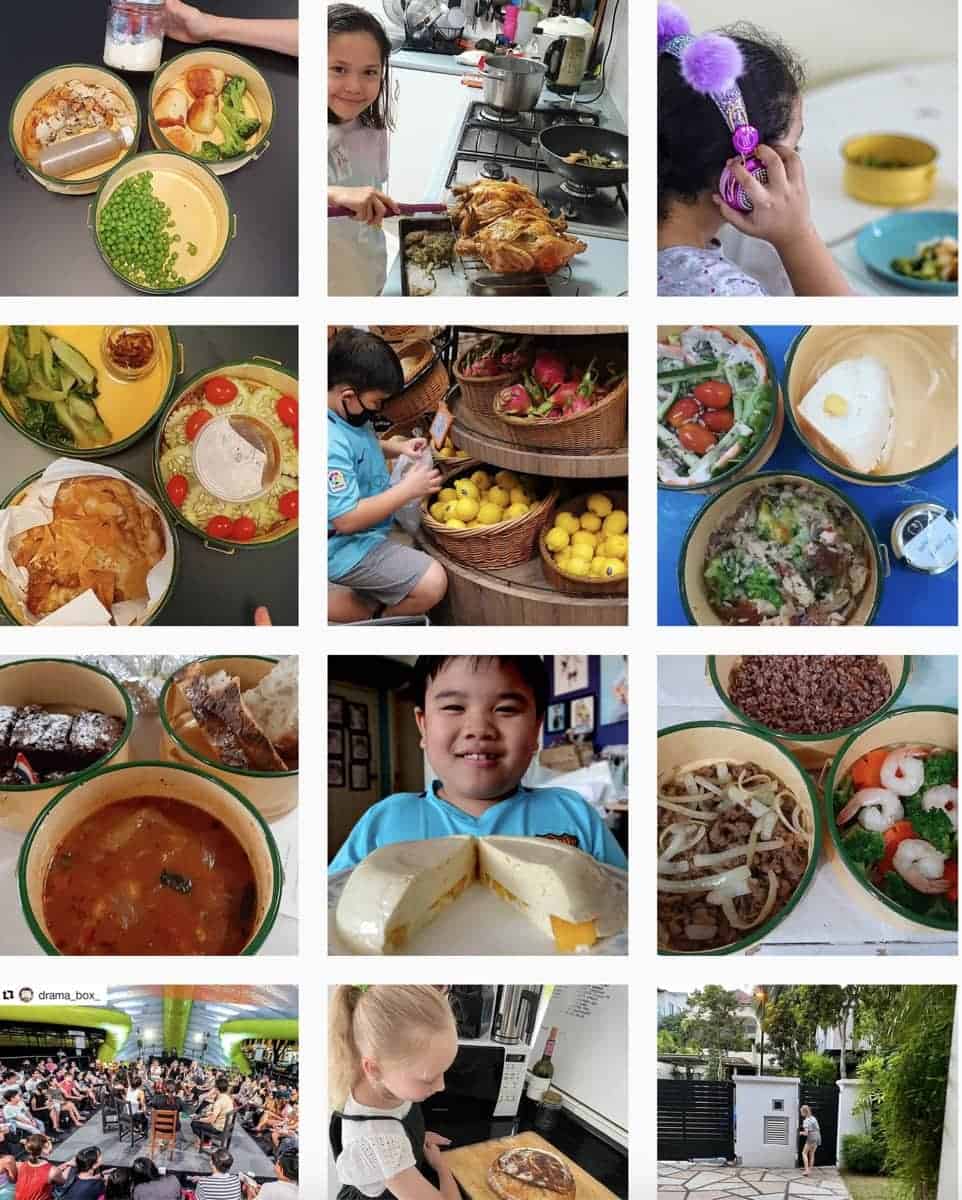
The artist chose to have participants from these two age groups as she had found, while doing research for another project, that the young and the elderly often lack agency and autonomy in terms of choosing what they get to eat. She wanted to shift that lens and to give children and seniors a space and a platform in which they get to choose what someone else eats but also to celebrate the sometimes surprising friendships that can spring up between the young and the old.
So – what does it mean to be making participatory art in the midst of a global pandemic? I asked the artist what she felt had been lost and what had been gained, in making this work under the prevailing restrictions and constraints: “The compromise is perhaps more personal than artistic. Relationship is a massive motivator and component in my process, and there is heartache in not being able to meet the participants in the flesh. Or to be back in Singapore for my first major work back there since I had left ten years ago … What has been gained – plenty! That I crafted an experience that retained integrity to my practice, to liveness, to real-time participation, genuine relationships and mutual exchange in the current limitations … is something I am very proud of … That this incarnation now also has more currency and relevance – I didn’t and don’t intend to make work about the pandemic, but I do believe in making sure the work reflects the times we are in. And in our times, people are hungry for ways to remain connected to their community, and this work does that really well.”
____________________________________
Feature image courtesy of TLOCCTC.
